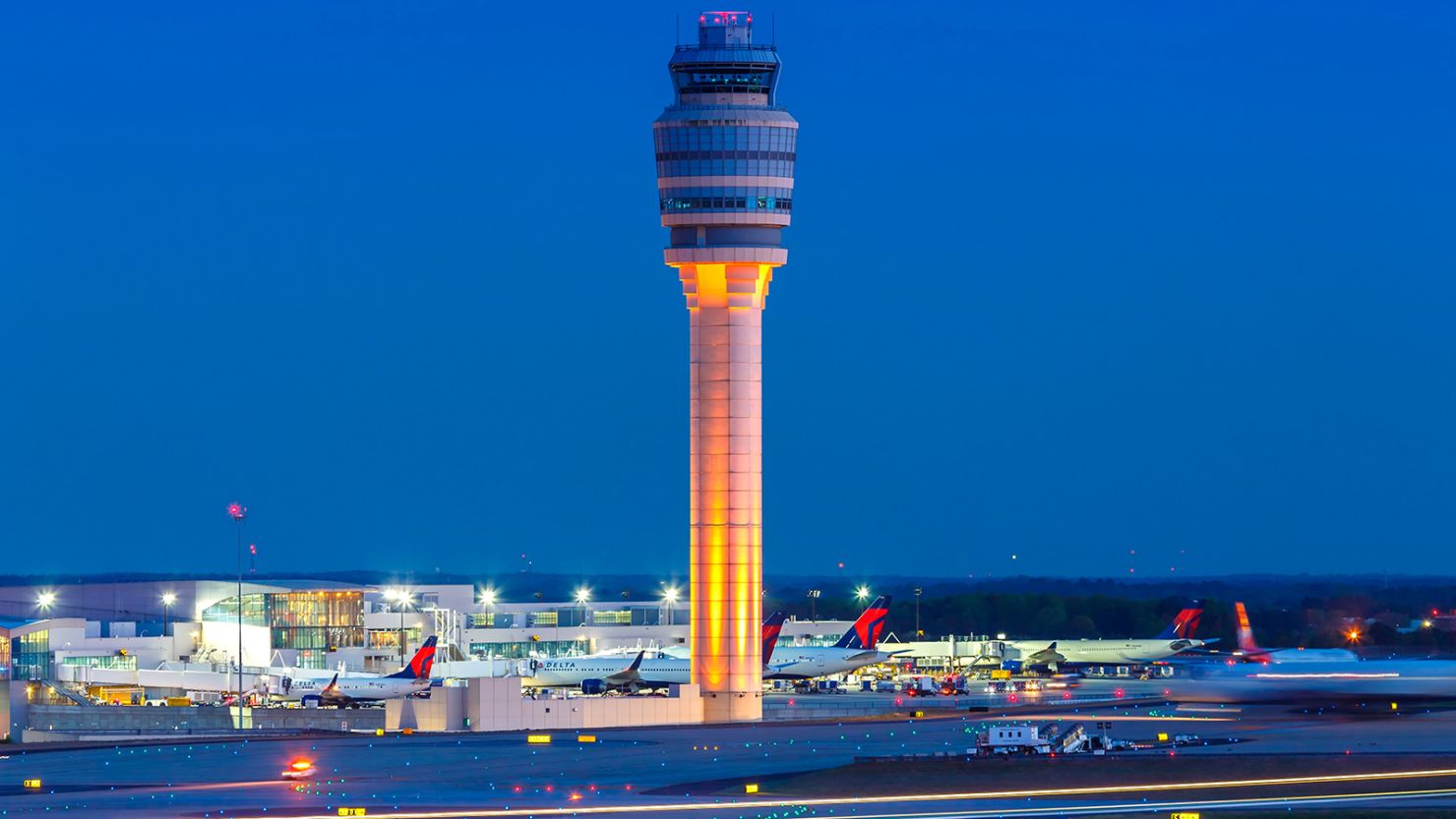Editor’s Note: Sign up for Unlocking the World, CNN Travel’s weekly newsletter. Get news about destinations opening and closing, inspiration for future adventures, plus the latest in aviation, food and drink, where to stay and other travel developments.
Atlanta is “The Big City” to Deep South residents. But once you leave the region, it starts to feel smaller.
It’s only the seventh-largest metro area in the United States. And it doesn’t even crack the top 40 in metro areas worldwide.
But once again, Atlanta can boast of having the world’s busiest airport for passenger traffic. After being knocked out of the No. 1 spot in 2020 because of the pandemic, it bounced back in 2021. Perhaps even more impressive: that one-year blip broke a streak of placing No. 1 stretching back to 1998.
You’d think that the busiest airport distinction would belong to more populous cities and international crossroads – Tokyo or Dubai or London, perhaps – or at least to a larger metro area in the United States.
But it turns out there are some good reasons why bigger isn’t better when it comes to having the world’s busiest airport.
How Hartsfield-Jackson Atlanta International Airport made it to the top spot and held it for so long is a fascinating look at the intersection of long-term leadership success and geographical good fortune.
CNN Travel asked Laurie Garrow, a professor of civil engineering at Georgia Tech with an expertise in aviation, what factors helped Atlanta.
Born from a speedway
If you build it, he will come.
It worked for Kevin Costner in 1989’s “Field of Dreams,” and long before that hit movie, the concept worked well for some Atlanta leaders with dreams of their own in the early 1900s.
“I actually think the No. 1 factor is the support of the local community and the commitment of the state to attracting aviation companies since the 1920s,” Garrow said recently in a phone interview.
She noted that the airport got its start when Coca-Cola founder Asa Candler donated the land on which the defunct Atlanta Speedway sat for the purpose of creating an airport.
“So from the very beginning, I think the business leaders of the state realized the importance aviation was going to have on the economy.”
There was also William Hartsfield, city alderman and eventually mayor. Garrow said that back to the 1920s, Hartsfield was a strong supporter of investments in the airport, taking a lesson from how much railroads had benefited the city and state.
Long-term commitment
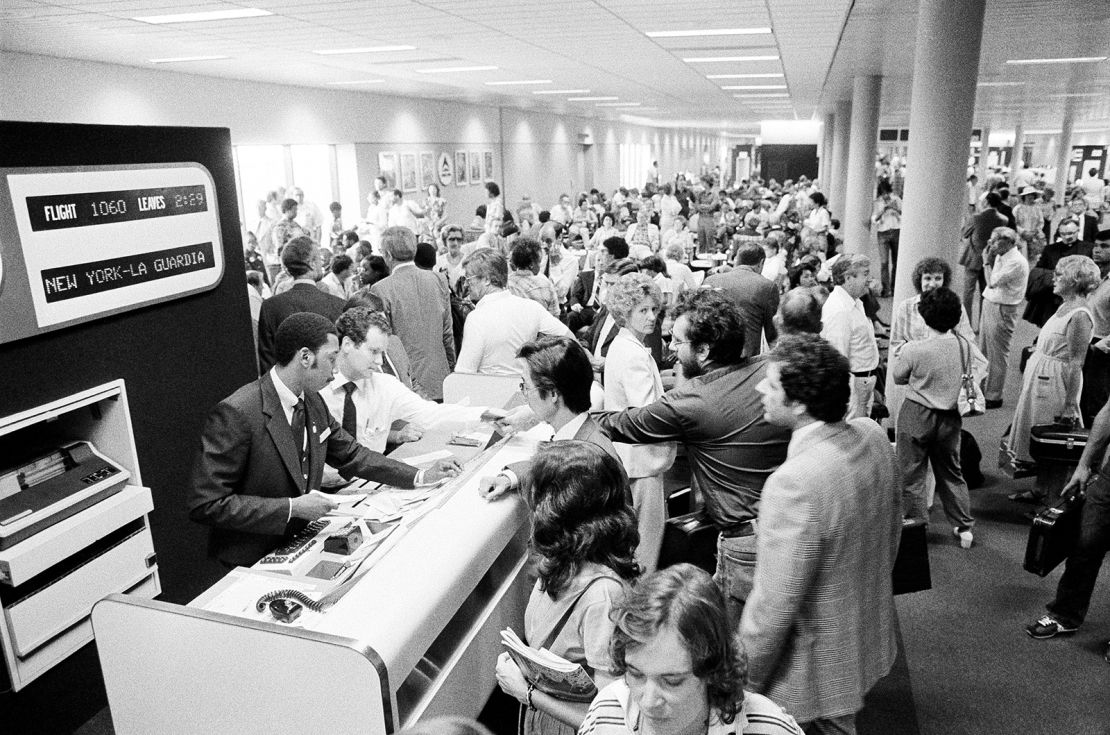
That push in the 1920s began what Garrow said was a series of major improvements coming roughly every 20 years:
• 1940s: In World War II, the airport’s two main carriers, Eastern and Delta, relinquished their aircraft to the military and switched their focus to training pilots and mechanics. “This continuous pilot training that was happening at [the airport] in terms of takeoffs and landings is what originally pushed Atlanta to the status of busiest airport in the US,” she said.
• 1960s: The airport opened a modern, jet-age terminal in 1961. Garrow said it was the first one built specifically for jet aircraft, and at the time, it was the largest passenger terminal in the country.
• 1980s: Less than 20 years later, the jet-age terminal was demolished and a new passenger terminal was constructed “with the same concourse structure we have today. When it was built in 1980, it was the largest in the world,” Garrow said. Then-Mayor Maynard Jackson was a big proponent of that effort. (The airport has gone through several name changes in its life. The current name, Hartsfield-Jackson, was bestowed in 2003 to honor those two ex-mayors and airport champions.)
• 2000s: Georgia created the Center of Innovation in Aerospace, which Garrow said helps promote the state as a desirable location for aviation companies.
Room to grow
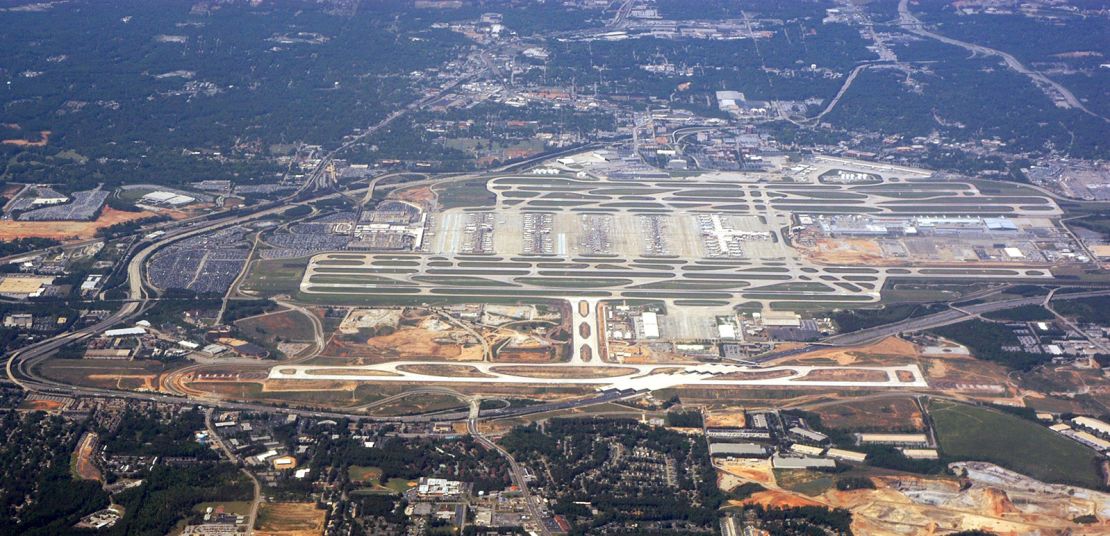
The people with the right ideas luckily were in the right place. Turns out Atlanta was fertile soil for flight. For one thing, the airport had room to expand.
It was set about 10 miles south of downtown Atlanta – close enough in to be quite serviceable to the city’s core but far enough out to grow as needed. The land around the airport is also one of the few relatively flat areas in a region marked by mostly hillier terrain.
Garrow compares that with densely developed New York City, which is surrounded by water. Their airports simply don’t have room to grow. LaGuardia, for instance, is built partially on landfill already and has to grapple with coastal flooding. Hours inland and at an elevation of more than 1,000 feet (305 meters), Hartsfield-Jackson doesn’t have those concerns.
And it’s not just space on the ground that matters. “Space can be thought of on the ground and in the air,” Garrow said.
Again using the New York area as an example, three major airports serve a densely populated region, and there are constraints on air space.
“They’re limited on the number of takeoffs and landings they can do,” she said. They must coordinate takeoffs and landings not to interfere with other airports.
Atlanta has no such issues.
‘Powerhouse of the South’
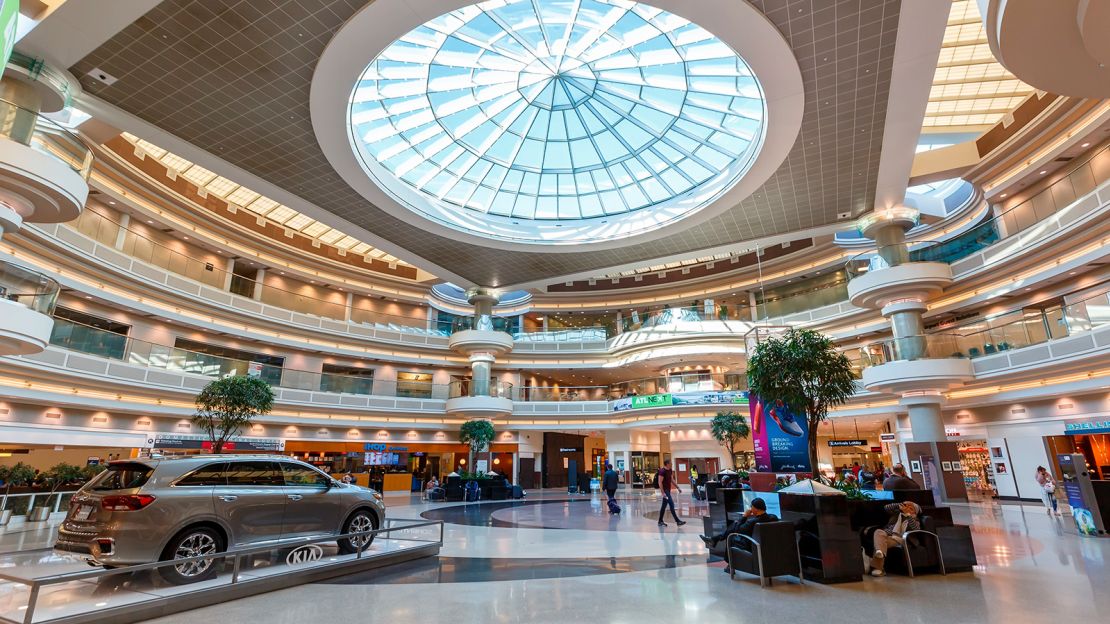
Another Hartsfield-Jackson advantage: No local competition.
“As cities get larger, typically, they have more than one airport that is serving them. …So Atlanta is pretty unique in that. I like to say it’s the ‘Powerhouse of the South.’”
That dominance is not the case in Chicago, which has O’Hare – and Midway. Or in Beijing, where Beijing Capital International has often been the world’s No. 2 busiest airport, until recently, when the new Daxing International Airport took on part of the passenger load.
In Texas, take the No. 2 busiest airport in the world in 2021, Dallas/Fort Worth International (DFW). It had 62,465,756 passengers in 2021. That was well behind the 75,704,760 for Hartsfield-Jackson.
But that metro has a second airport with sizable traffic – Dallas Love Field, which handled 13,315,498 passengers in 2021. Add those two Texas airports together and you get 75,781,254 – surpassing Atlanta by a relative smidgen (76,494).
Also, Hartsfield-Jackson has a large “catchment area” with competing airports quite a distance away, Garrow said. (A catchment area is the radius around an airport from which it can expect to draw commercial air service passengers).
Larger airports such as Nashville and Charlotte are about 250 miles (400 kilometers) away – too far away to provide a whole lot in the way of competition.
“So people drive a long distance to use Atlanta because there’s really no other viable airport in the area,” Garrow said.
Atlanta is in something of a sweet spot. It’s within a two-hour flight of 80% of the US population, according to the airport, but it’s not jammed up too close to other major metro areas.
The Delta effect
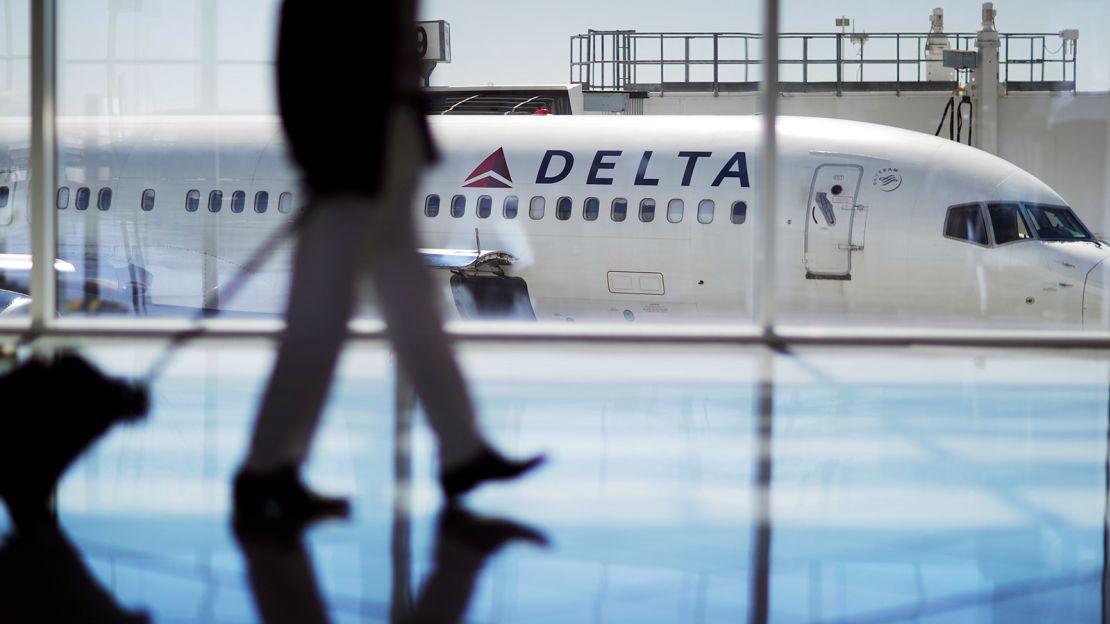
Having Delta Air Lines’ world headquarters in Atlanta is a benefit, too.
“I do view the innovations of Delta as a local carrier in the area throughout the years to have … propelled or maintained Atlanta as the No. 1 airport,” Garrow said.
“Delta in 1955 was the carrier that created the hub and spoke network. So they were the innovators of that concept – using the spokes to bring all those passengers into a hub, allowing them to transfer” on to other destinations.
Growth helped, too. Through mergers, Delta Air Lines could expand internationally.
“They have a lot of joint venture relationships with international carriers that help them build up an international network and again bring passengers into Atlanta as the gateway for other travel into the US, or vice versa. Take the people from multiple locations in the US, filter them through Atlanta to then go internationally.”
Other factors
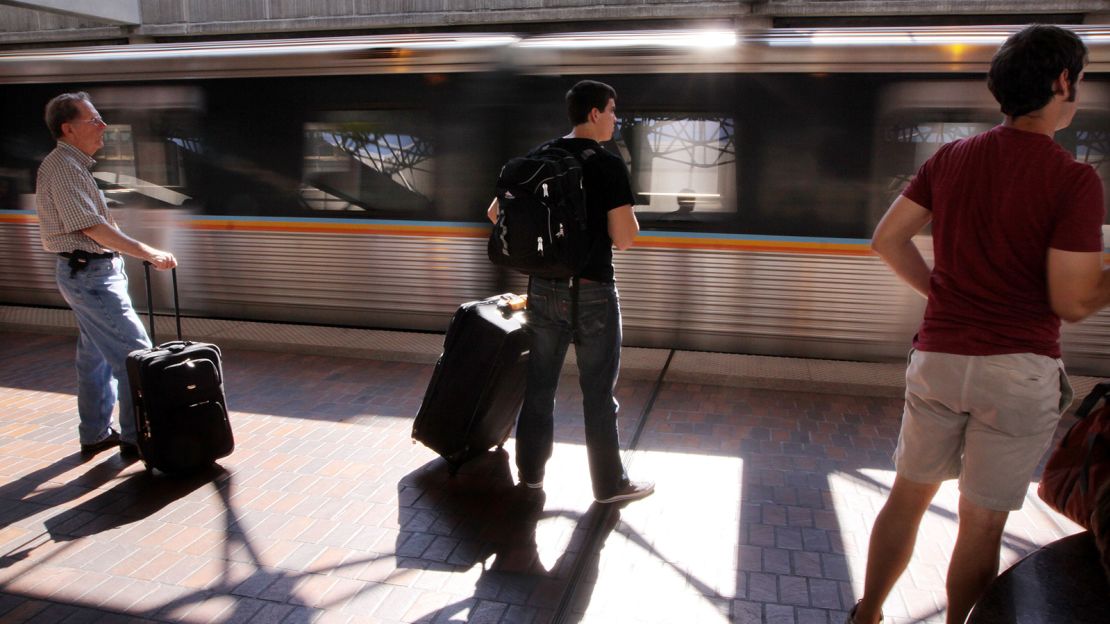
While the airport’s claim to fame is the pass-through hub traffic, it doesn’t hurt that Atlanta is a big convention, business and tourism draw, Garrow said.
And when people arrive, they have the option of direct access to key areas of the city via the MARTA system. A line goes directly into the airport.
“Historically, those airports that have provided seamless connections between the airport and … business centers have done very well,” Garrow said.
What about the weather? Garrow doesn’t think that helps too much. It might be advantageous in winter with not much ice and snow but that’s balanced by thunderstorms in summer.
Crystal ball
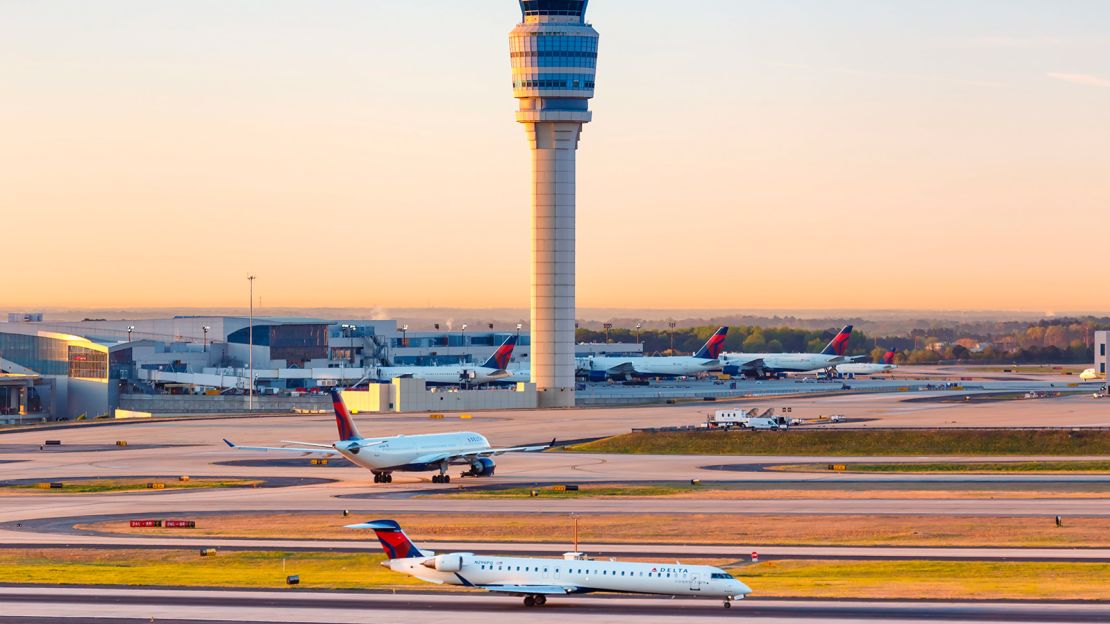
Garrow said it’s important to Georgia to keep its No. 1 airport status because it helps attract business.
But can the airport continue its reign? After all, things change, and there are some real aviation innovators out there, especially in the Middle East and Asia.
“In the short term, I think we’re going to hold our place or be close to the top. And part of that is because in the Covid recovery, markets are coming back differently. … Domestic US is very strong compared to other regions of the world.”
What about further into the future? Well, Garrow thinks the airport could be well-positioned for new innovations such as local air taxi services.
She said that as progress is made with electric battery and hydrogen technologies, we might see a future where people in the outer reaches of a metro area actually take a very small commuter plane to the airport and get there much faster.
Hartsfield-Jackson’s design could help it be a winner again. Garrow said its runways align east to west, but Atlanta metro’s population centers run north to south.
That layout means air taxis could potentially approach more easily without getting in the way of the big planes.
Top image: The tower at Hartsfield-Jackson. (Markus Mainka/picture-alliance/dpa/AP)
An earlier version of this feature incorrectly stated the year in which “Field of Dreams” was released. It has been republished with the correct year.
